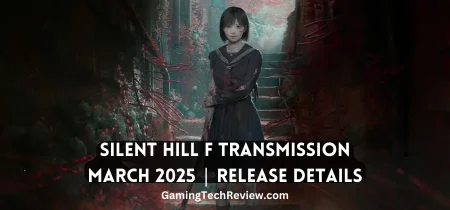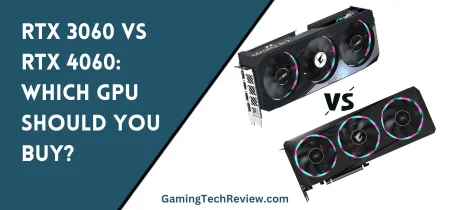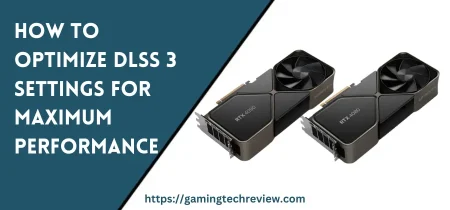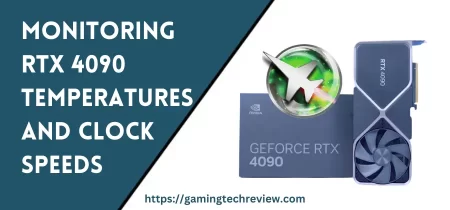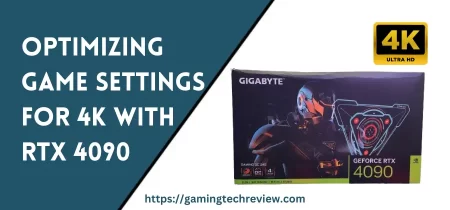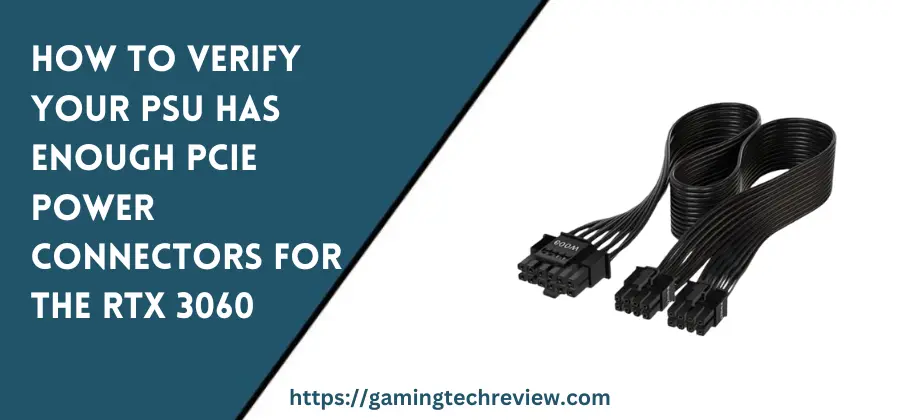
The Nvidia GeForce RTX 3060 is the latest addition to Nvidia’s Ampere lineup of graphics cards. As a powerful mid-range GPU, the RTX 3060 requires extra power from your computer’s power supply unit (PSU) to operate properly. Specifically, the RTX 3060 needs at least one 8-pin PCIe power connector.
Before installing the RTX 3060 into your PC, it’s important to verify that your PSU has the necessary PCIe power cables and connectors. Having insufficient power cables can prevent your new graphics card from functioning or even damage your components.
In this guide, we’ll show you how to determine if your power supply unit can adequately power the GeForce RTX 3060 graphics card.
Check Your PSU Wattage
The first thing you’ll want to do is make sure your PSU is powerful enough to run the RTX 3060. Nvidia recommends using at least a 550W PSU with the RTX 3060.
To check your PSU wattage:
- Visually inspect your PSU and look for the wattage rating, which is typically printed on the side of the unit. For example, “650W” would indicate a 650-watt power supply.
- If you can’t find the wattage printed on the PSU, you can look up the specifications online using the make and model number.
- Refer to the documentation or manual that came with your PSU for details on its wattage and power connectors.
As long as your power supply meets the 550W minimum requirement, it should provide enough power capacity for the RTX 3060. But you’ll still need to make sure you have the right cables and connectors, which we’ll cover next.
Determine If You Have Enough PCIe Power Cables
The RTX 3060 requires at least one 8-pin PCIe power connector from the PSU. This is an 8-pin cable that will plug into the graphics card directly.
Here’s how to check for compatible PCIe power cables:
- Look at all the cables coming from your PSU. You may see 6+2 pin cables, 6-pin cables, or 8-pin cables.
- The 6+2 pin and 8 pin cables are what you need, as you can configure both into an 8-pin connector.
- If you see at least one 6+2 pin or one 8-pin cable, your PSU has what’s needed to power the RTX 3060.
- If you only have 6-pin cables, those won’t work unfortunately. The RTX 3060 needs the full 8 pins.
- Ideally, you want two 8-pin cables for the best power delivery. But one 8-pin is sufficient.
- If you don’t see any 8-pin or 6+2 pin cables coming from your PSU, then you likely need a new PSU with compatible cables.
Double-check that any 8-pin or 6+2 pin cables are labeled “PCIe” specifically. Some PSUs have cables intended for CPU or SATA power that won’t work for graphics cards.
Use Power Adapters If Needed
If your PSU doesn’t have dedicated PCIe cables, but is 550W or greater, you can use power adapters to convert other cables for the RTX 3060.
For example:
- You can use a 6-pin to 8-pin adapter if you only have extra 6-pin cables. This safely converts two 6-pin cables into one 8-pin cable.
- Molex to 8-pin adapters are also available to convert a Molex cable into an 8-pin PCIe connector.
- Just be sure to only use reliable, well-made adapters to avoid issues. Check reviews and ratings first.
Using one power adapter is fine, but try not to use multiple adapters as that may overload the cables.
See Also: How to Pick Modular vs Non-Modular Cables for Your Needs
Safely Connecting the Cables
Once you’ve verified that your PSU has the necessary 8-pin PCIe power cable, you can connect it to your RTX 3060:
- Disconnect power from your PSU before installing any cables or graphics cards.
- Plug the 8-pin connector securely into the RTX 3060’s power socket until it clicks and locks.
- Avoid using any adapters or “pigtail” style multi-connectors if possible, as these can come loose. Stick to a single 8-pin cable.
- Route and manage the cable neatly inside your case so it doesn’t sag or droop onto other components. Securing the cable with zip ties can help maintain a clean look.
- Reconnect the PSU cables into your system and motherboard. Make sure not to overload any one cable chain.
- Turn your power supply back on once everything is installed properly.
The RTX 3060 LED indicator should light up, indicating the card is receiving power. If not, check that the power cable is fully inserted into the graphics card. With the proper PCIe power supply, your new GPU will be ready for action!
Troubleshooting Tips
If you run into issues getting your RTX 3060 powered on properly, here are some troubleshooting tips:
- If your system won’t boot with the RTX 3060 installed, ensure the 8-pin PCIe cable is connected firmly both at the PSU side and GPU side. Reseat the connections if needed.
- Try swapping to a different 8-pin cable if possible to rule out a bad cable. Test the PSU cables with a voltmeter or paperclip test if possible.
- Verify that the power switch on the PSU is turned ON and that power is flowing to system components. Check for any tripped breakers or blown fuses.
- Make sure your motherboard BIOS is configured to use PCIe graphics, not integrated graphics. Enter BIOS and set primary video to PCIE or PCI Express.
- Your PSU might be overtaxed if you’re reusing an older unit. Upgrade to a higher wattage PSU if your system is unstable or randomly shuts down under load.
- Use a PSU wattage calculator to confirm your full system power draw isn’t exceeding your PSU’s capacity. Account for all components.
- Try eliminating points of failure by testing the GPU in another PC and using another PSU in your rig if possible. This can isolate the issue.
- As a last resort, you may need to replace the graphics card or PSU if you can’t get the RTX 3060 to power on using basic troubleshooting.
Conclusion
Installing a powerful new graphics card like the Nvidia GeForce RTX 3060 requires sufficient power from your computer’s PSU. By verifying your PSU wattage, PCIe cables, and connectors ahead of time, you can ensure your power supply is ready to handle your new GPU. While the RTX 3060 only needs one 8-pin PCIe connector, take care to route and connect the cable properly. With adequate power delivery, you’ll be able to enjoy the full gaming potential of your upgraded graphics card. Just be prepared with enough PCIe power connectors before plugging your shiny new RTX 3060 into your rig!



